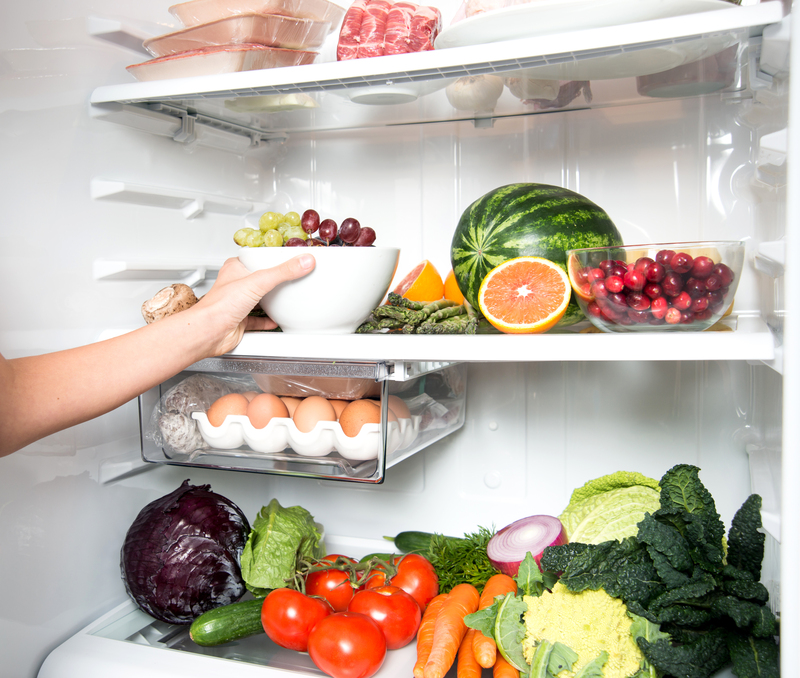Proper wine storage is crucial to maintain the wine's taste, quality, and longevity. Poor storage conditions can ruin even the best wine. Various factors, including temperature, humidity, light exposure, and bottle positioning, can significantly influence the wine's preservation. Understanding these factors can prevent spoilage and enhance the wine's flavor profile as it ages.
Temperature Control
Temperature is perhaps the most critical factor in wine storage. The ideal storage temperature for wine is between 50-59?F (10-15?C). Temperature fluctuations can lead to premature aging, or worse, spoilage. Extremely high or low temperatures can damage the wine irreparably.

Humidity Levels
The right humidity levels are essential to keep the cork moist and avoid wine oxidation. The optimal humidity for wine storage is between 60-70%. If the air is too dry, the corks can shrink, allowing air to enter and oxidize the wine. Conversely, if it's too humid, it can promote mold growth on the labels and corks.
Light Exposure
Exposure to ultraviolet (UV) light can negatively impact wine by causing it to deteriorate. Both natural sunlight and artificial light can be harmful. Therefore, wine should be stored in a dimly lit environment or in dark-colored bottles to filter out UV rays.
Positioning of Wine Bottles
Wine bottles should be stored horizontally. This keeps the wine in contact with the cork, preventing it from drying out and shrinking. A dried-out cork can allow air to enter the bottle, leading to oxidation. Vertical storage is only suitable for wines with screw caps or synthetic corks.
Vibration and Movement
Constant vibration can disrupt the wine's sediment and spoil its aging process. It's best to store wine in a stable environment, free from frequent movements or vibrations. This is especially important for long-term storage.
Tips for Wine Storage
- Store wine in a cool, dark place with a stable temperature and proper humidity.
- Keep bottles horizontally to keep the cork moist.
- Avoid light exposure by using a wine fridge or a dark storage area.
- Minimize movement and vibrations to allow the wine to age gracefully.
- Use a wine rack to organize your storage and maintain the ideal position of your wine bottles.
Pros and Cons of Wine Storage
Understanding the pros and cons of various wine storage methods can help you make the best decision for your collection:
Pros:
- Consistent Quality: Proper storage maintains the wine's taste and quality.
- Longevity: Good storage conditions ensure the wine can be enjoyed for many years.
- Enhanced Flavor: Aging in optimal conditions can improve the wine's flavor profile.
Cons:
- Cost: Setting up a proper storage system can be expensive.
- Space: Requires a dedicated space in your home or purchasing a wine fridge.
- Maintenance: Keeping the environment stable requires regular monitoring and maintenance.

Key Takeaways
- Maintain a stable temperature between 50-59?F (10-15?C).
- Keep humidity levels between 60-70%.
- Store wine in a dark, vibration-free environment.
- Position bottles horizontally to keep corks moist.
Conclusion
Proper wine storage is essential to preserve the quality, flavor, and longevity of your collection. By controlling temperature, humidity, light exposure, and minimizing vibrations, you can ensure your wine ages gracefully and maintains its desired characteristics. Implementing these tips and understanding the pros and cons of different storage methods will help you make the best choices for your wine collection.





